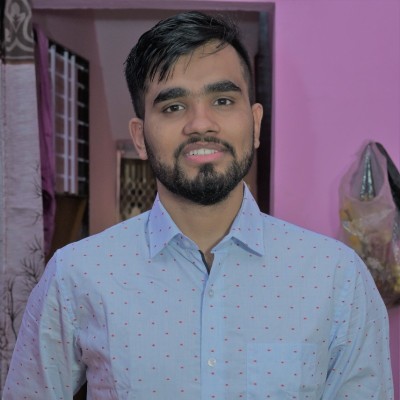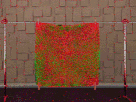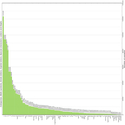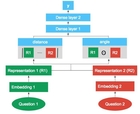|
I am currently a graduate student in the department of Computer Science at UCSD . Prior to joining UCSD, I worked as a research engineer at Samsung Research Centre, Bengaluru, India, in its Natural Language Understanding (NLU) Team where I work on Samsung's smart assistant Bixby and application of deep learning in natural language processing and computer vision. I finished my bachelors from Indian Institute of Technology, Kanpur with a major in Electrical Engineering and a minor in Computer Science with emphasis on Machine Learning Applications. I had the opportunity to work with professors such as Dr. Harish Karnick, Dr. Ketan Rajawat and Dr. Tanaya Guha. I have also interned at the Centre for Integrative Neuroscience at University of Tubingen in the summer of 2018. |

|
|
I'm interested in computer vision, natural language processing, image processing and machine learning. Most of my work is related at the intersection of different modalities such as image and text with leverage from strong Optimization techniques. |
 
|
Gaurav Kumar, Rishabh Joshi, Jaspreet Singh, Promod Yenigalla Goal is to build a coherent and non-monotonous conversational agent with proper discourse and coverage. We propose an end to end multi-stream deep learning architecture which learns unified embeddings for query-response pairs by leveraging contextual information from memory networks and syntactic information by incorporating Graph Convolution Networks (GCN) over their dependency parse. A stream of this network also utilizes transfer learning by pre-training a bidirectional transformer to extract semantic representation for each input sentence and incorporates external knowledge through the neighborhood of the entities from a Knowledge Base (KB). We benchmark these embeddings on next sentence prediction task and significantly improve upon the existing techniques. |
 
|
Research Work at Centre for Integrative Neuroscience, University of Tubingen
|
 
|
Course project, Image Modeling Techniques: Supervised by Dr. Tanaya Guha [Slides]/[Report]
|
 
|
Course project, Natural Language Processing: Supervised by Dr. Harish Karnick [Slides]
|
 
|
Course project, Machine Learning Techniques, supervised by Dr. Purushottam Kar [Slides]
|
 
|
Term paper, supervised by Dr. Ketan Rajawat [Report]
|
|
Inspired from this website |